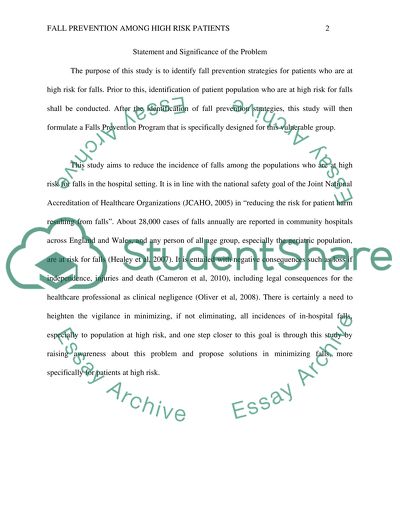Cite this document
(“The Fall Prevention Among High Risk Patients Research Paper”, n.d.)
Retrieved from https://studentshare.org/family-consumer-science/1408555-the-fall-prevention-among-high-risk-patients
Retrieved from https://studentshare.org/family-consumer-science/1408555-the-fall-prevention-among-high-risk-patients
(The Fall Prevention Among High Risk Patients Research Paper)
https://studentshare.org/family-consumer-science/1408555-the-fall-prevention-among-high-risk-patients.
https://studentshare.org/family-consumer-science/1408555-the-fall-prevention-among-high-risk-patients.
“The Fall Prevention Among High Risk Patients Research Paper”, n.d. https://studentshare.org/family-consumer-science/1408555-the-fall-prevention-among-high-risk-patients.


